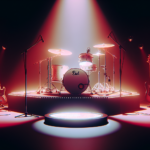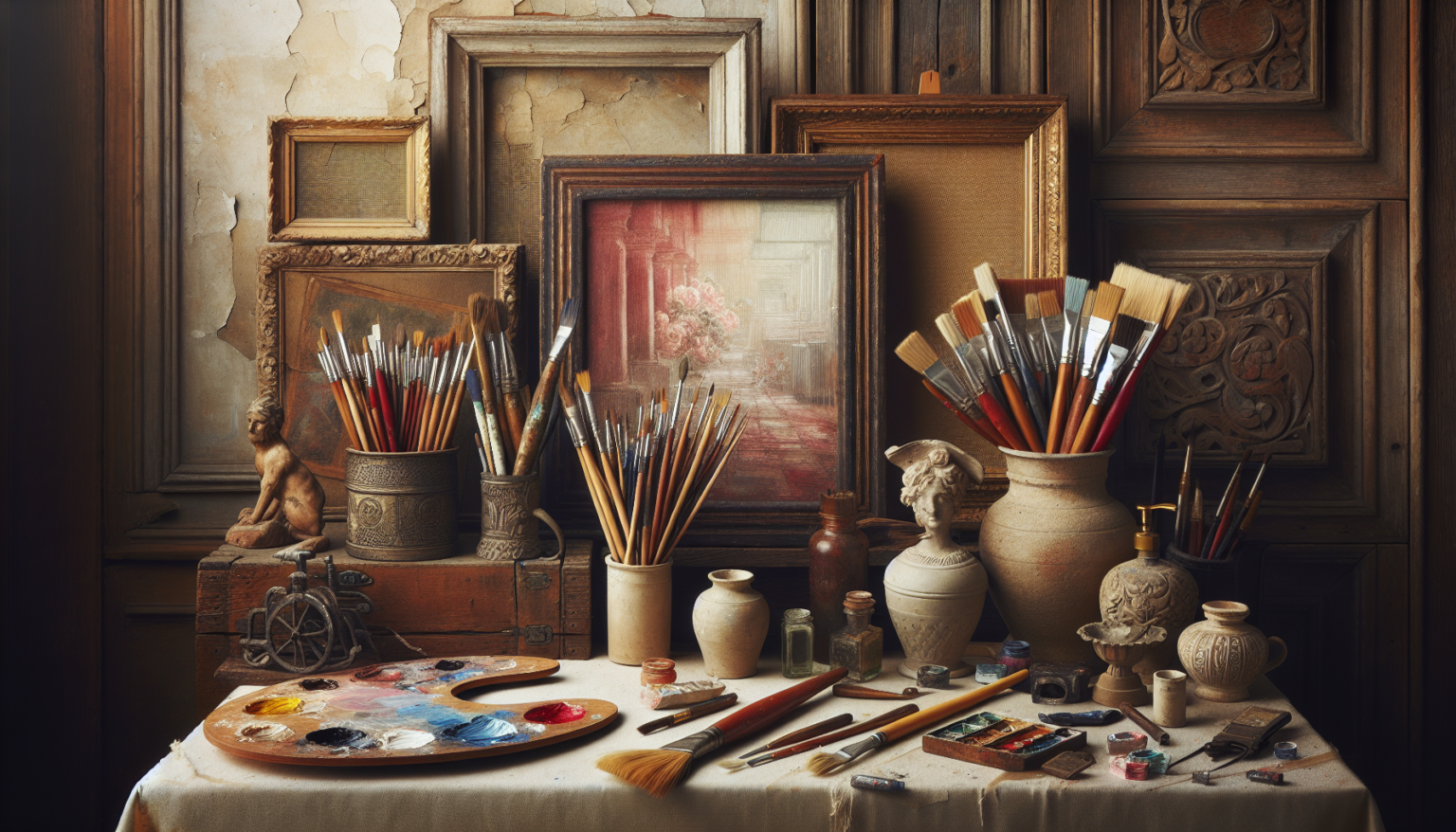The mystery surrounding the National Gallery’s 17th-century painting, “Samson and Delilah,” has deepened as new doubts emerge about its authenticity. Acquired in 1980 for £2.5 million, the artwork was believed to be a masterpiece by the famous Flemish artist Peter Paul Rubens. However, skepticism has persisted since its purchase.
Recent assertions have heightened suspicions about the painting’s provenance. In 2021, artificial intelligence tools used for authenticity testing indicated a 91 percent probability that Rubens did not create the work. Despite these findings, the National Gallery has firmly defended its attribution.
The painting’s backing panel has been a significant point of contention. Investigations often rely on stamps or marks on the original panel to verify authenticity.
Doubts persist about Rubens authenticity
The National Gallery previously stated that the artwork had been glued to a blockboard sheet, likely in the 20th century before its 1980 purchase. However, former gallery curator Christopher Brown recently suggested that the National Gallery itself applied this backing. He later retracted his comment, asserting that he had no reason to doubt the gallery’s account.
The painting’s history adds another layer to the debate. Rubens painted the piece for Nicolaas II Rockox, the mayor of Antwerp, but it disappeared in the 1640s. German scholar Ludwig Burchard “rediscovered” it in 1929, and it later reappeared at a Christie’s auction house, where the National Gallery acquired it.
Greek art historian Euphrosyne Doxiadis cast further doubt in her recent book “NG6461: The Fake Rubens.” She argued that the characteristic “twisting brushstrokes” typical of Rubens are missing in “Samson and Delilah.”
The National Gallery has dismissed doubts about the painting’s authenticity, emphasizing that no leading Rubens specialist has challenged the attribution. The gallery referenced a comprehensive analysis published in its Technical Bulletin in 1983, confirming the panel was affixed to a support before the gallery’s acquisition. As experts and critics remain divided over whether the painting is a genuine Rubens or an elaborate forgery, the debate over “Samson and Delilah” continues.










